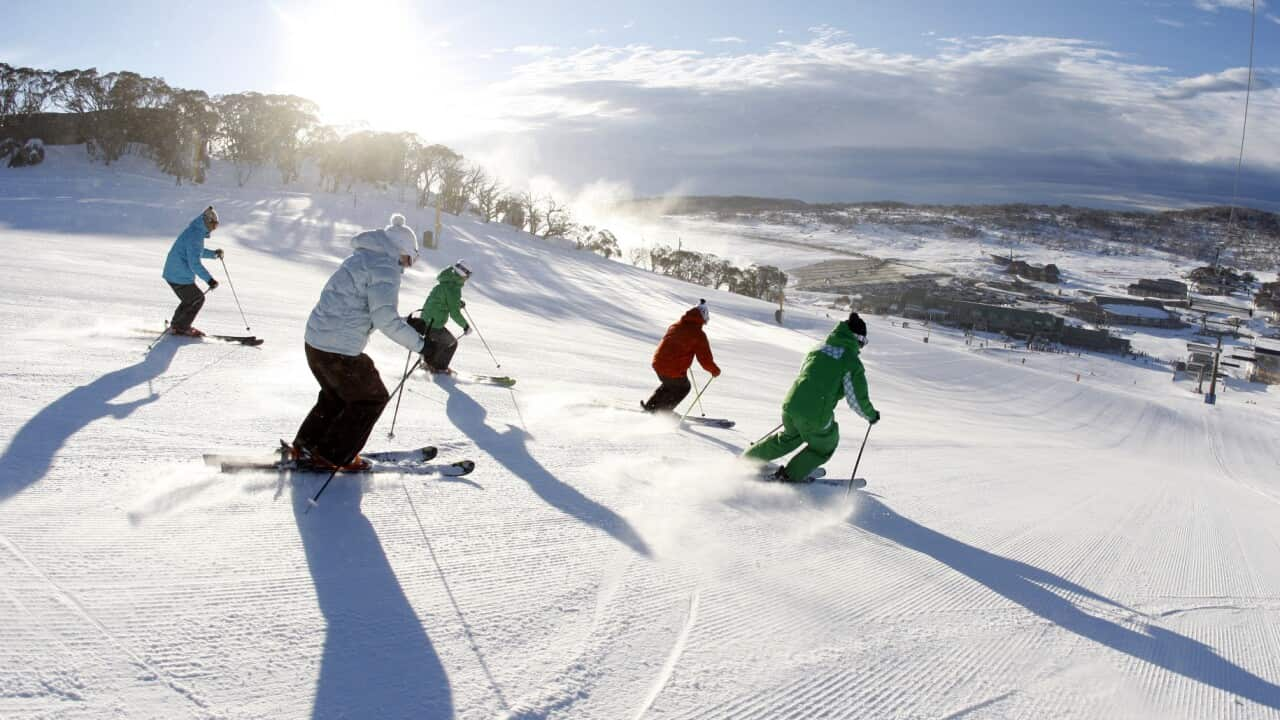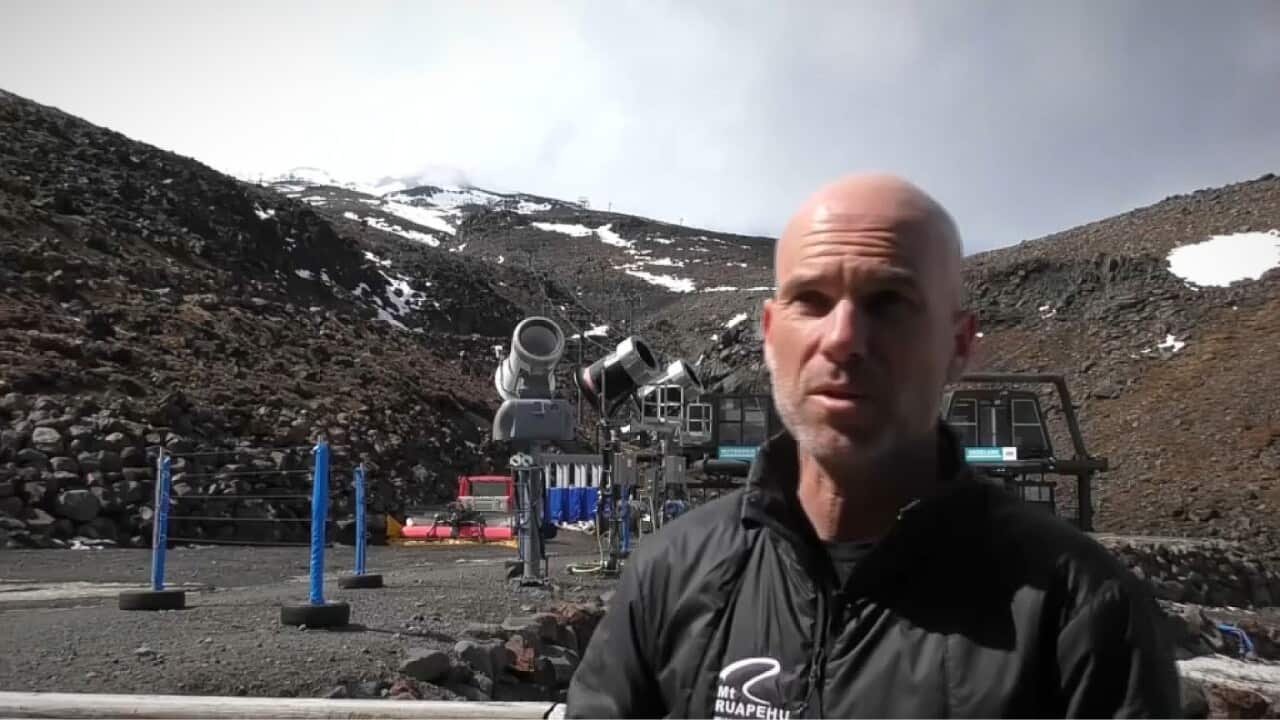Snow cover has been diminishing at alpine resorts in recent decades, with previous research finding a 30 per cent drop over the average snow season. Now, new modelling has assessed how the resorts will fare under different climate change scenarios.
Under a worst-case, high-emissions scenario, Australia’s resorts could be useless for snow sports roughly 50 years from now.
What the research says about Australia's snow loss
The research, commissioned by snow industry advocacy group Protect Our Winters, found that snow seasons would effectively cease to exist for most Victorian resorts by 2080, including Falls Creek and Mount Buller.
NSW resorts Thredbo and Perisher were also modelled to have ski 'seasons' of zero to five days by the same year.
While the research found the scenario improves dramatically under low and medium emissions pathways, snow seasons will still decrease substantially.
Lead advocate from Protect Our Winters, Sam Quirke, said anyone living in the Australian Alps recognises that the previous ski season was tough, with minimal snowfall and some resorts closing early.
Quirke, who said Australia's alpine resorts contribute approximately $3 billion to the national economy each year, called for the government to increase adaptation efforts for vulnerable communities and snow-dependent industries, while also taking stronger action on climate change.
How losing snow will affect water supply
As well as observing the effect on snow sports, the modelling warned of alarming effects as snow vanishes from Australia’s high country.
On average, 9,600 gigalitres of water flow into the Murray-Darling Basin from the Australian Alps, which amounts to approximately a third of its annual reserves.
Climate change is forecast to cut precipitation in the Alps by up to 24 per cent by 2050, exacerbating already fierce competition for water by farming, regional water supplies, and environmental flows.
What needs to happen now
Ruby Olsson, an ANU researcher and co-author of the study, said it's clear snow-dependent regional communities will have to adapt and diversify into new economic opportunities and that the process must start now.
"The more we can limit climate change impacts by reducing greenhouse gas emissions, the less expensive adaptation by business, communities, and the environment will be and the more options we will have," Olsson said.











